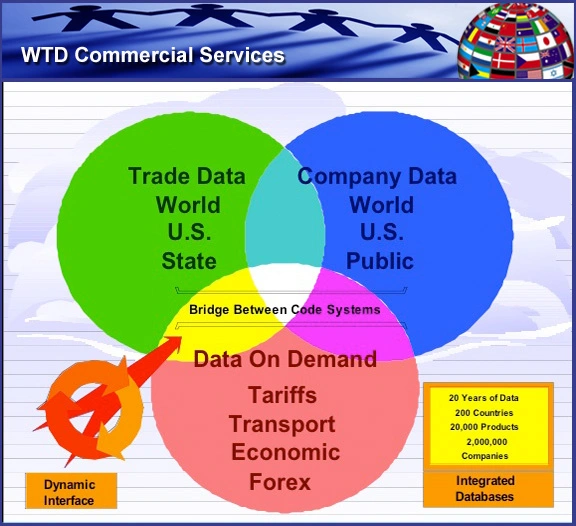From DOC: Intellectual Property-Intensive Industries Contribute $5 Trillion, 40 Million Jobs to U.S. Economy. America’s entrepreneurs, businesses, and workers are the primary source of new ideas that drive innovation. Patents, trademarks and copyrights–the main protections in our IP system–are critical tools that help commercialize innovative, game-changing ideas, from advances in healthcare technology to improved consumer products. By creating a better environment for our private sector to capitalize those ideas, IP protections help foster the innovation and creativity that leads to a stronger economy and more jobs.
The U.S. Commerce Department released a comprehensive report showing that intellectual property protections have a direct and significant impact on the U.S. economy. The report, entitled “Intellectual Property and the U.S. Economy: Industries in Focus,” finds that IP-intensive industries support at least 40 million jobs and contribute more than $5.06 trillion dollars to, or nearly 34.8 percent of, U.S. gross domestic product (GDP).
 From Euromonitor: Wendy’s Overtakes Burger King as #2 Burger Chain in the US. Wendy’s has surpassed Burger King in the U.S. fast food market, becoming the number two burger chain in sales terms in the country, says Michael Schaefer, global head of consumer foodservice research at Euromonitor International. Burger King held the number two spot in total sales after McDonald’s for decades, so this ranking is a very surprising shift. Wendy’s accomplished this by capitalizing on the fact that consumers are now eating fast food at other times of the day rather than just lunch or dinner. It also advertises fresher and more premium options, which consumers are willing to pay more for.
From Euromonitor: Wendy’s Overtakes Burger King as #2 Burger Chain in the US. Wendy’s has surpassed Burger King in the U.S. fast food market, becoming the number two burger chain in sales terms in the country, says Michael Schaefer, global head of consumer foodservice research at Euromonitor International. Burger King held the number two spot in total sales after McDonald’s for decades, so this ranking is a very surprising shift. Wendy’s accomplished this by capitalizing on the fact that consumers are now eating fast food at other times of the day rather than just lunch or dinner. It also advertises fresher and more premium options, which consumers are willing to pay more for.
From ERS/USDA: Alleviating Poverty in the United States: The Critical Role of SNAP Benefits. The Supplemental Nutrition Assistance Program (SNAP) is one of the largest safety net programs in the United States, serving 44.7 million individuals in an average month in 2011. They used Current Population Survey data to examine the effect of SNAP on poverty from 2000 to 2009, by adding program benefits to income and calculating how SNAP benefits affected the prevalence, depth, and severity of poverty. They found an average decline of 4.4 percent in the prevalence of poverty due to SNAP benefits, while the average decline in the depth and severity of poverty was 10.3 and 13.2 percent, respectively. SNAP benefits had a particularly strong effect on child poverty, reducing its depth by an average of 15.5 percent and its severity by an average of 21.3 percent from 2000 to 2009. SNAP’s antipoverty effect peaked in 2009, when benefit increases were authorized by the American Recovery and Reinvestment Act.
From Census: Census Estimates Show New Patterns of Growth Nationwide. Among the 50 fastest-growing metro areas over the last decade, only 24 of them were also among the 50 fastest growing since the 2010 Census. Our nation is constantly changing, and these estimates provide us with our first measure of how much substate areas have grown or declined in total population since Census Day, April 1, 2010. Census Bureau Director Robert Groves said. “We’re already seeing different patterns of population growth than we saw in the last decade.”


 22/04/2012
22/04/2012 
























































































































































































































































































































































No comments yet... Be the first to leave a reply!